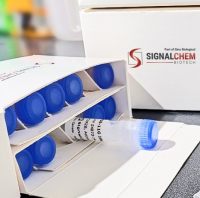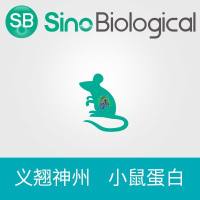Identification of Mast Cells in the Cellular Response to Myocardial Infarction
互联网
互联网
相关产品推荐

MAST1重组蛋白|MAST1, Active
¥3780

MYH9/MYH9蛋白Recombinant Human Myosin-9 (MYH9)重组蛋白Cellular myosin heavy chain, type AMyosin heavy chain 9Myosin heavy chain, non-muscle IIaNon-muscle myosin heavy chain A ;NMMHC-ANon-muscle myosin heavy chain IIa ;NMMHC II-a ;NMMHC-IIA蛋白
¥1344

Recombinant-Low-calcium-response-locus-protein-DlcrDLow calcium response locus protein D
¥15036

MKN45人低分化胃癌细胞|MKN45细胞(Human Poorly Differentiated Gastric Cancer Cells)
¥1500

Mast Cell Protease-1/MCPT-1重组蛋白|Recombinant Mouse MCPT1 Protein (His Tag)
¥2310
相关问答

